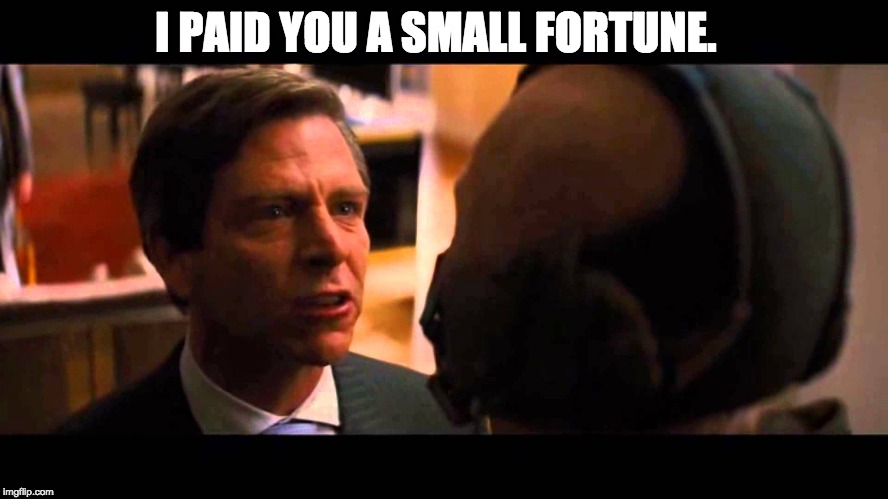Every agency person out there has war stories from their dealings with clients. And mind you, all those clients have the same stories about their experiences with agencies. These conflicts happen so often they almost seem inevitable. Almost. Here’s the bridge both the agency and client need to cross to have a successful relationship.
It all starts with expectations and clear communication. That’s project management 101. Those are the basics, but they are critically important. Everyone around the table (on both sides) needs to start off on the same page.
But this is not the secret.
This is.
You know that conference table, where the agency sits on one side, and the client sits on the other?
Well, that’s a pretty adversarial seating chart. Us against them. It establishes the classic vendor/client dynamic, where the vendor is beholden to the client, because the client is paying the vendor. When the relationship is setup like this, anytime something goes wrong (and it always does), both parties become more entrenched on their respective sides of the table.
The secret here is getting on the same side of the conference table.
Or getting rid of the conference table altogether.
You need to be on the same team. And to do this, you need to put money/budget aside (in your mind), because it obfuscates responsibilities and goals. Of course the agency needs to get paid for its time, but that’s a basic operating requirement of the relationship (we’re all professionals here and need to eat). The concern with the money changing hands is that it creates the false sense that the agency is beholden to the client.
This is a mistake.
Both sides should be beholden to accomplishing the goal, together.
Therefore the agency is not beholden to the client or vice versa.
This basic idea was covered in the classic business film The Dark Knight Rises, here’s the key scene that drives this point home:
I mean, he has a point.
It’s an important question. Was the intent of paying the agency money to gain power over them? That couldn’t have been the original intent, nor the desired outcome when the client began agency selection.
Just because the client is paying the agency doesn’t mean the agency needs to bend to their every whim. And in fact, the client doesn’t want that either. They really don’t. The client wants expert guidance, creative strategy and advice, and probably does not want to run the show. The agency needs to realize this.
A Relationship Can Only Stand So Much Insincerity
The other concern with money is that the agency becomes too focused on “keeping the business.” As soon as the agency starts making decisions to “keep the business” by appeasing the client, the agency slowly begins to degrade the quality of the relationship. Because appeasement is insincere, and a relationship can only stand so much insincerity.
Too often agencies find themselves in a position where they feel subservient to the client. Like they just need to do what they’re told. And that’s a dangerous place to be (because the agency becomes an order taker) and that’s a hard place to dig out of. When this happens, there’s an expiration date to the relationship because both sides have lost sight of the goals and moving toward them together.
If you’re able to get on the same side of the table to work towards a shared goal, as a cohesive team (no sides), you’d be surprised what can be accomplished.



